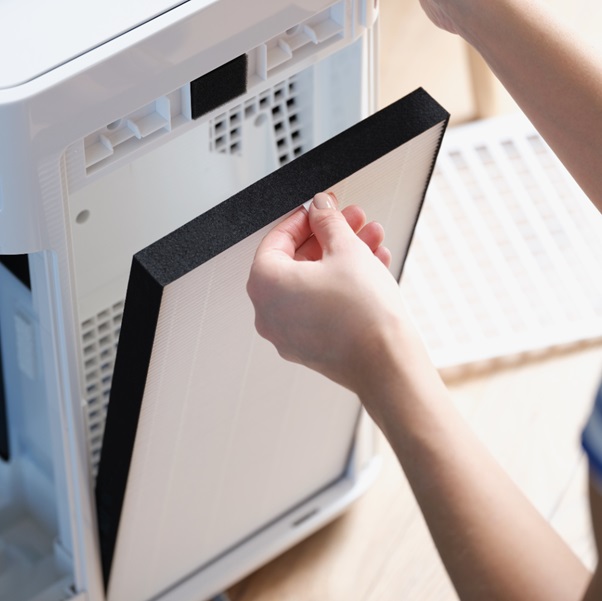Keeping interior spaces clean and healthy is crucial for both homes and workplaces in Singapore, especially in light of the country’s high humidity and congested urban environment. Choosing the proper room and air sanitisers is essential due to the increase in pollutants and allergies. Discover practical advice to help Singaporeans make well-informed choices about air and room sanitisers.
1. Understand Your Needs
Take note of your unique needs before diving into the myriad of room and air sanitisers the Singaporean market offers. Consider things like how big the area is that you want to clean, if there are any specific allergens or pollutants in it, and if you or your residents have any health issues. This knowledge will let you focus your search and ensure the sanitiser you choose will adequately meet your needs.
2. Research Different Types of Sanitisers
There are numerous room and air sanitisers on the market, and they all use various technologies and methods to clean the air within buildings. Ozone generators, HEPA filters, activated carbon filters, and ultraviolet (UV) sanitisers are examples of common types. Spend time learning about each type’s advantages and disadvantages to ensure compliance with Singapore’s strict air quality regulations and environmental circumstances.
3. Consider Efficiency and Coverage
Consider the coverage area and the sanitiser’s effectiveness in eliminating pollutants when selecting a room or air purifier. Seek for items with high Clean Air Delivery Rate (CADR) ratings, as these indicate how well they can filter the air. Additionally, ensure the sanitiser is appropriate for the room size or area you plan to utilise it in. Sanitisers that are either too big or too small could lead to inefficient purification or wasteful energy use.
4. Prioritise Energy Efficiency
Choosing energy-efficient room and air sanitisers can lower environmental impact and result in long-term savings in Singapore, where energy costs are often high. Seek for goods that have earned the Energy Star certification or contain features like low power consumption settings, sleep modes, and programmable timers that help save energy. In addition to lowering utility costs, these features also support sustainability initiatives.

5. Evaluate Maintenance Requirements
Consider the room or air sanitiser’s maintenance needs before making a purchase. Some versions may have a high maintenance cost due to frequent bulb changes or filter replacements. Consider the ease of maintenance, the price, and the availability of consumables and replacement components. Selecting sanitisers with reusable or washable filters can assist in lowering continuous maintenance costs.
6. Check for Certification and Compliance
Ensure the air or room sanitiser you select satisfies all applicable safety and quality requirements. Seek certifications from reliable national agencies, including Singapore’s National Environmental Agency (NEA). These certifications can confirm the product’s efficacy and safety in enhancing indoor air quality.
7. Read Reviews and Seek Recommendations
Spend some time reading user reviews and testimonials before making your ultimate choice. Online review sites and discussion boards can offer insightful information about various air and room sanitisers’ effectiveness, dependability, and user-friendliness. You should also consider getting referrals from friends, relatives, or coworkers who personally used the sanitisers you’re thinking of purchasing.
8. Factor in Long-Term Costs
Even though initial expenditures are crucial, don’t forget about ongoing expenses related to maintaining a room or air purifier. Consider elements including the cost of replacing filters, the amount of electricity used, and warranty coverage. Investing in a higher-quality sanitiser with lower long-term costs may ultimately prove more economical and beneficial for your indoor environment.
Conclusion
Choosing the best air and room sanitisers for Singaporean homes and workplaces necessitates carefully weighing several criteria, such as individual requirements, effectiveness, coverage, energy efficiency, maintenance requirements, certifications, evaluations, and long-term expenses. You and your occupant can create cleaner and healthier interior environments by considering these factors to guide your decision-making.
Visit BioCair to take the first step towards creating a purified indoor environment.


